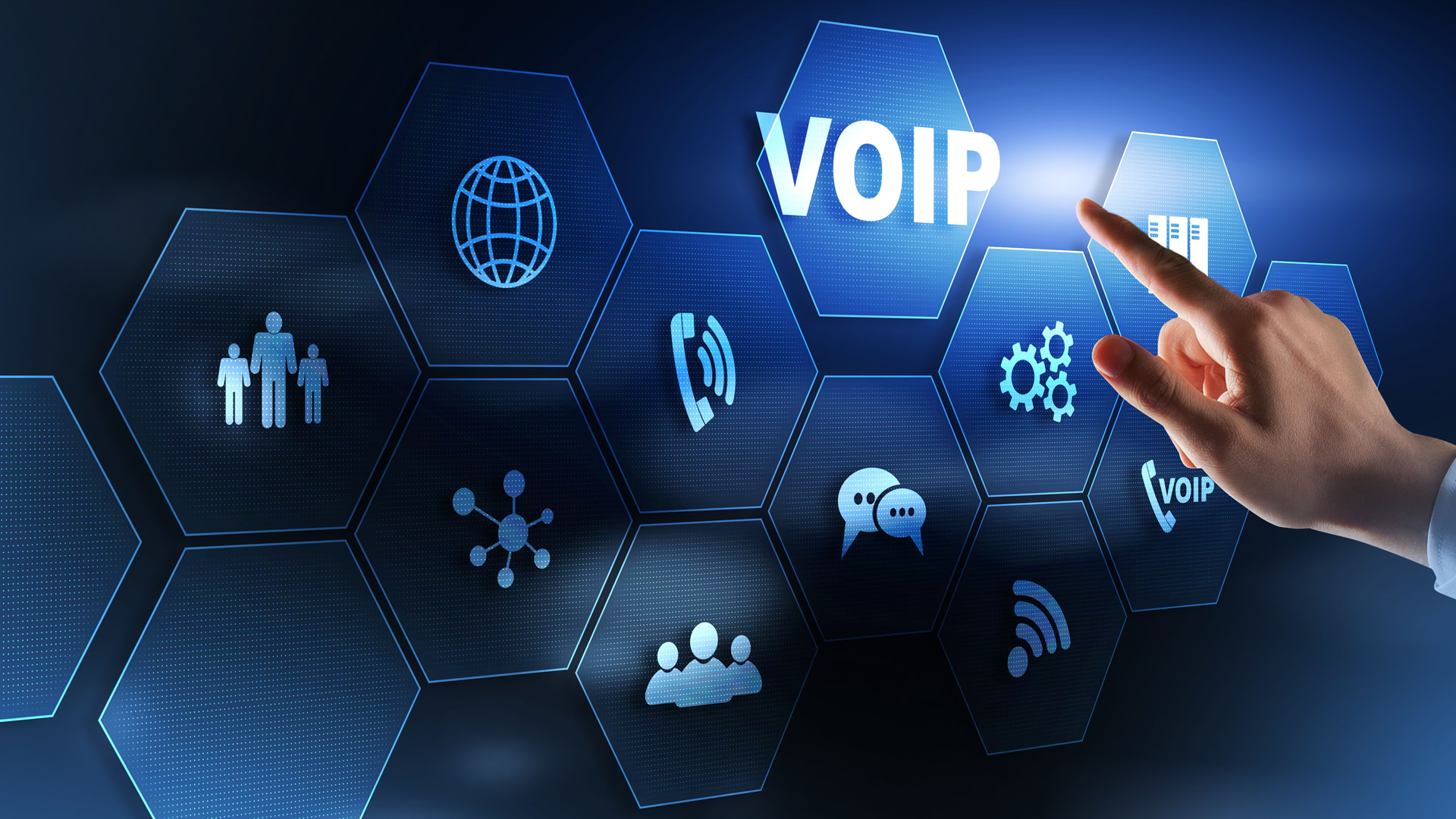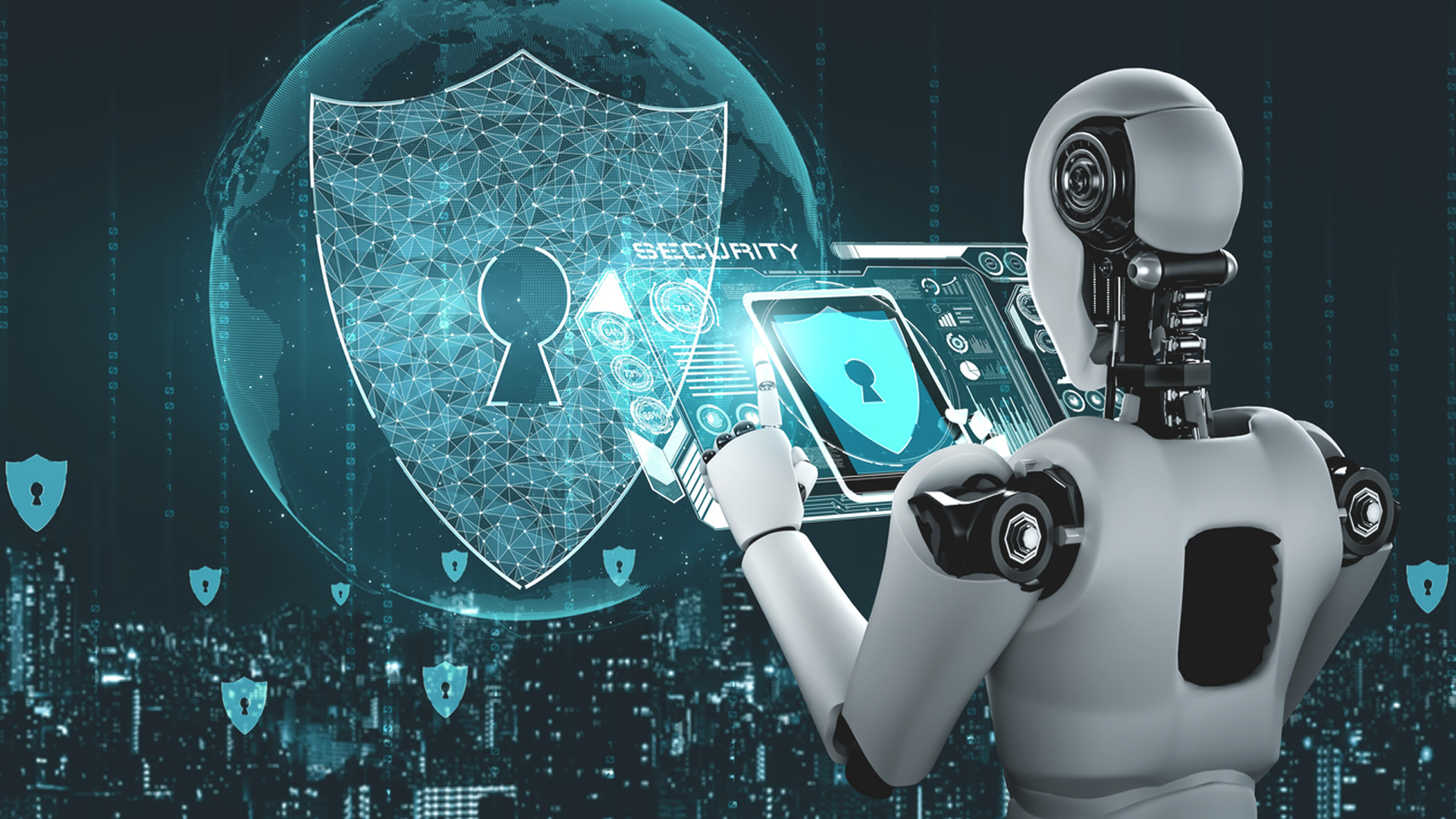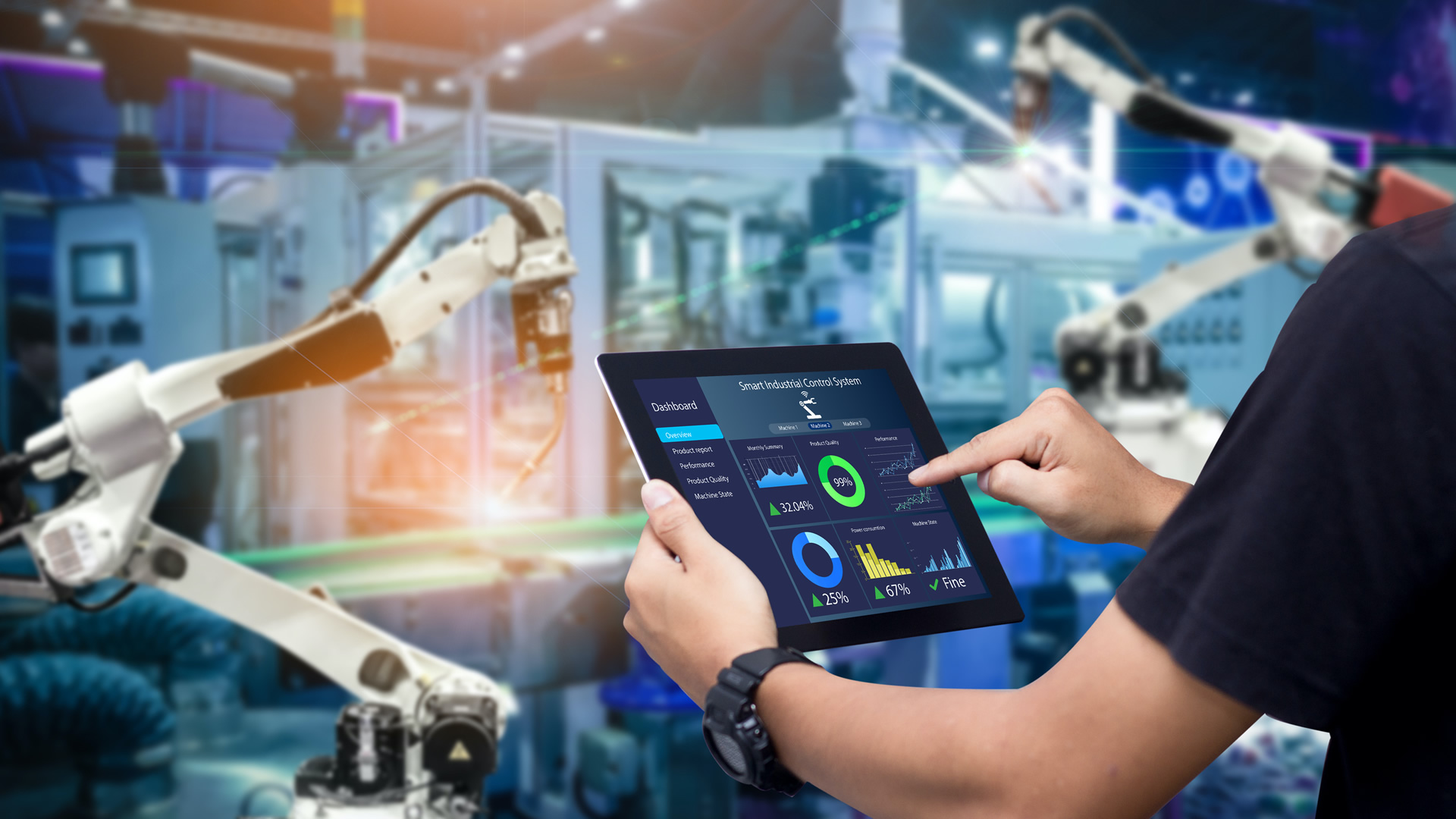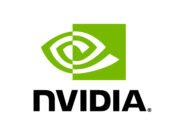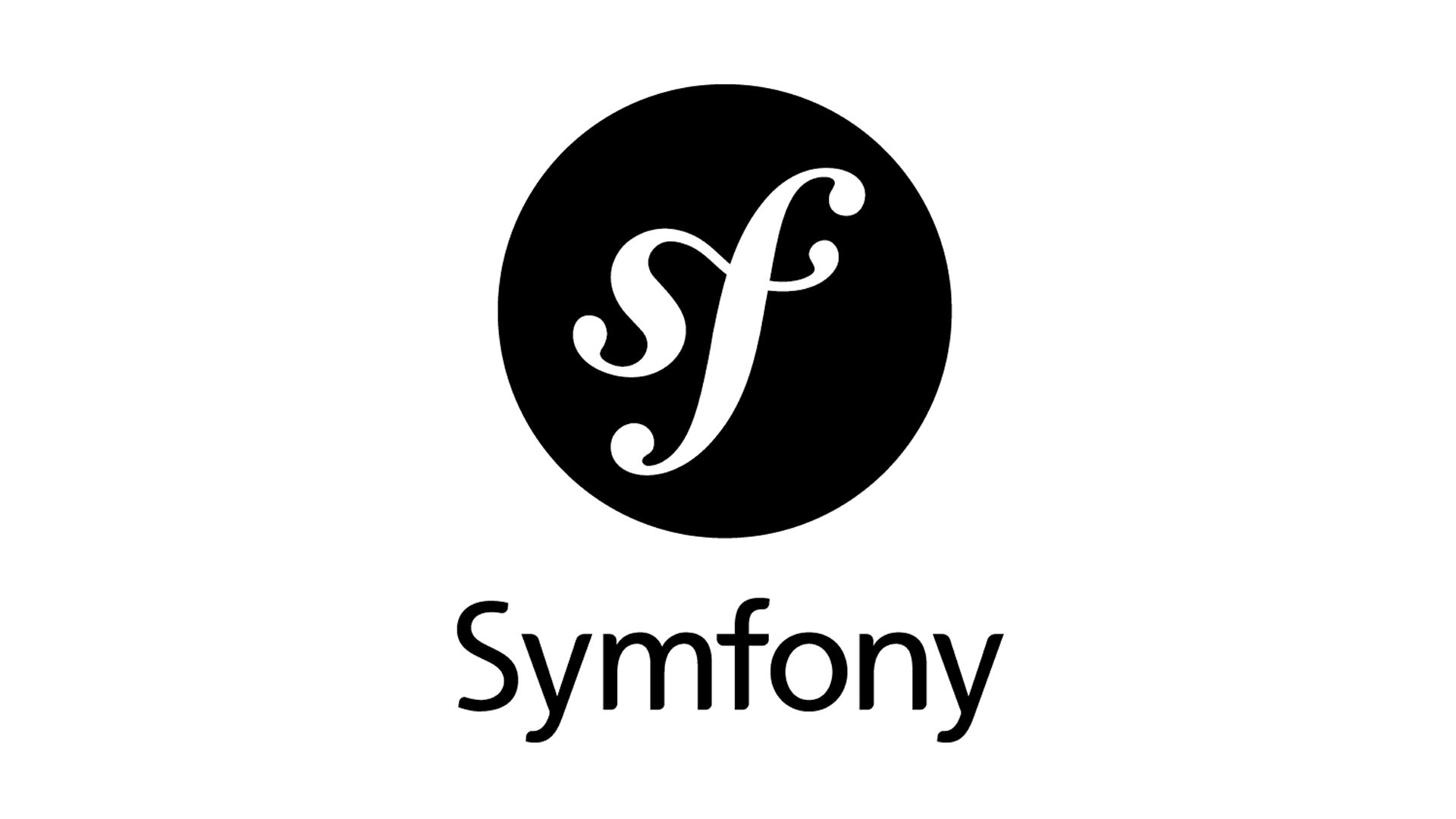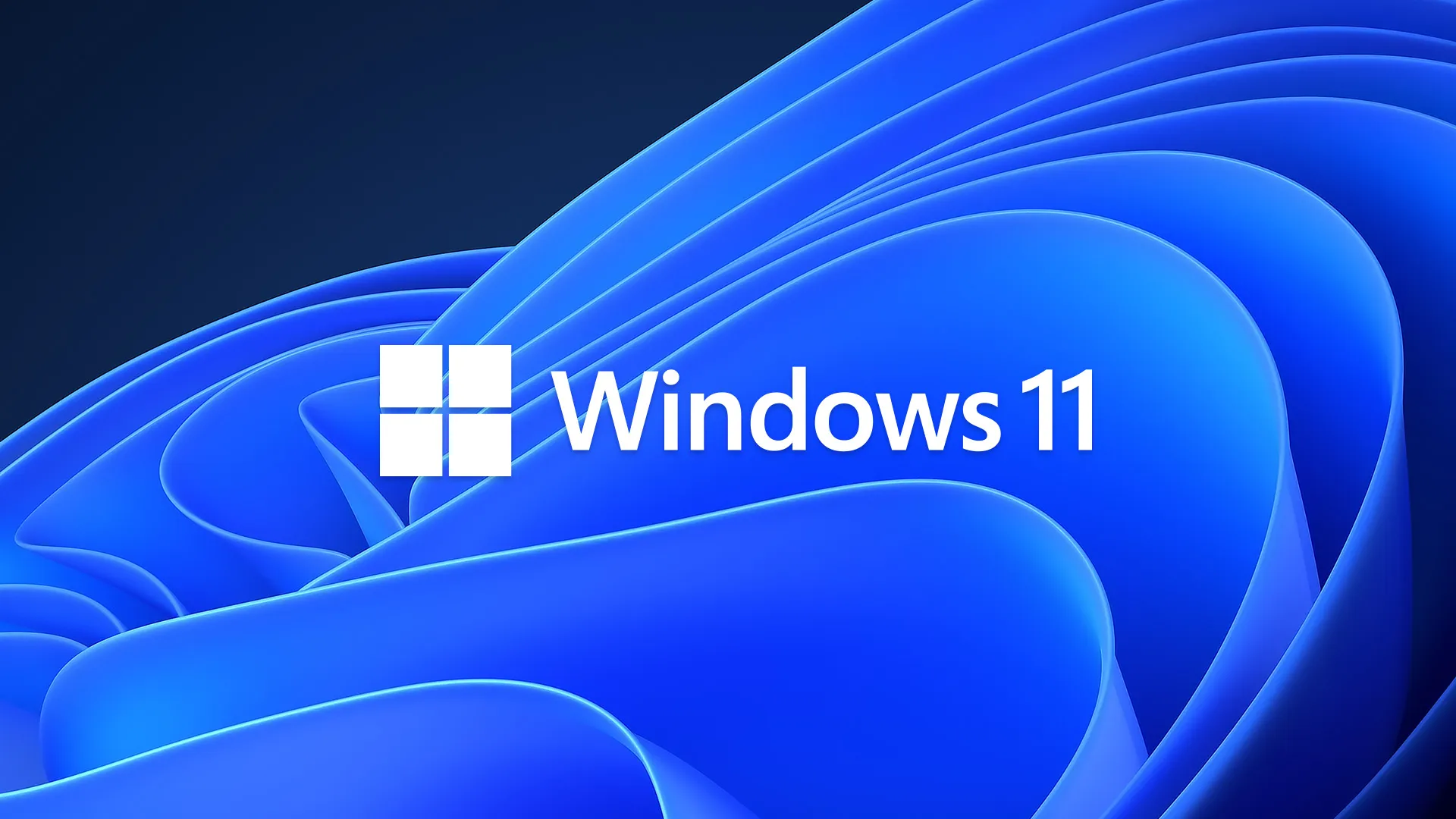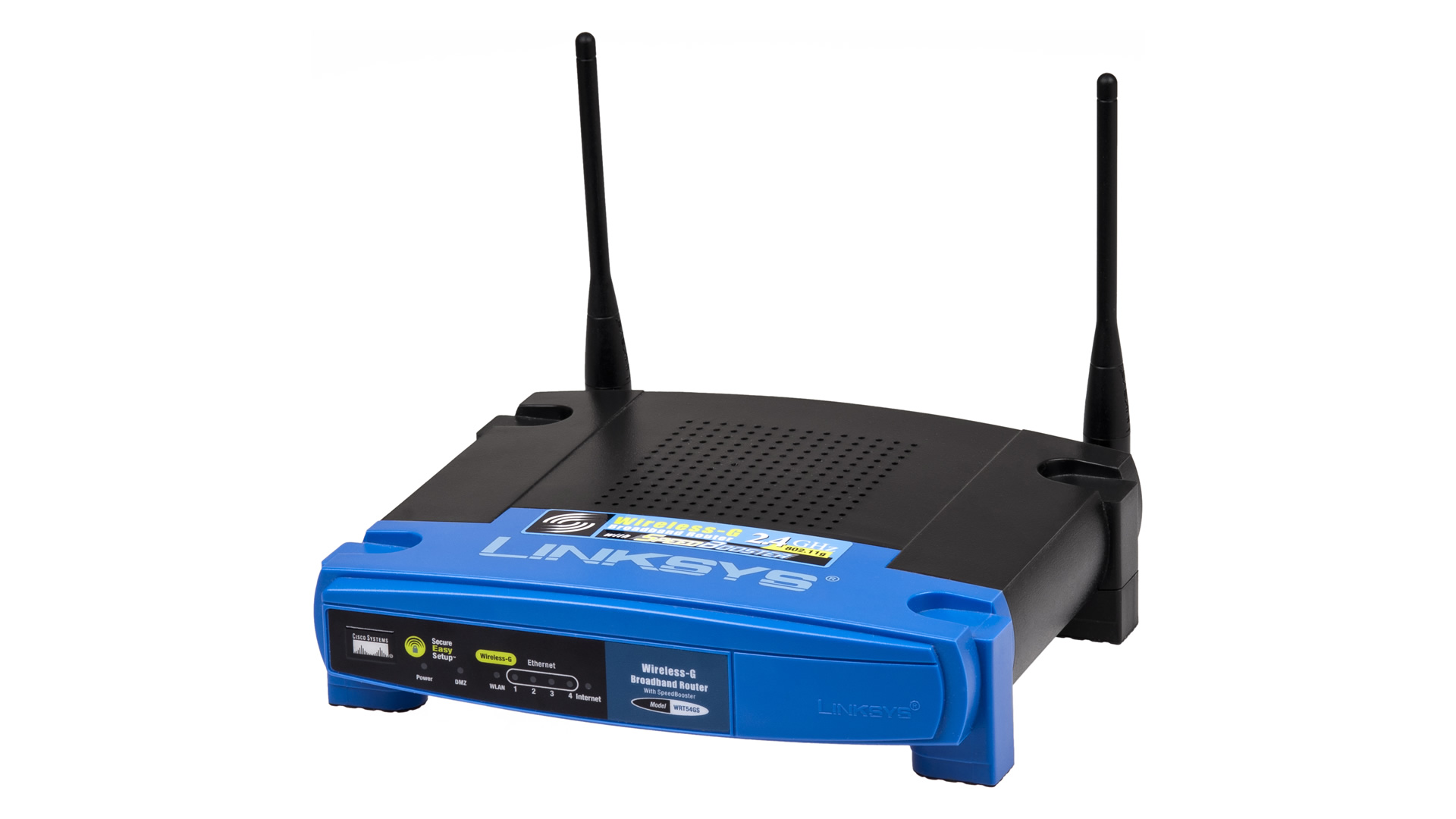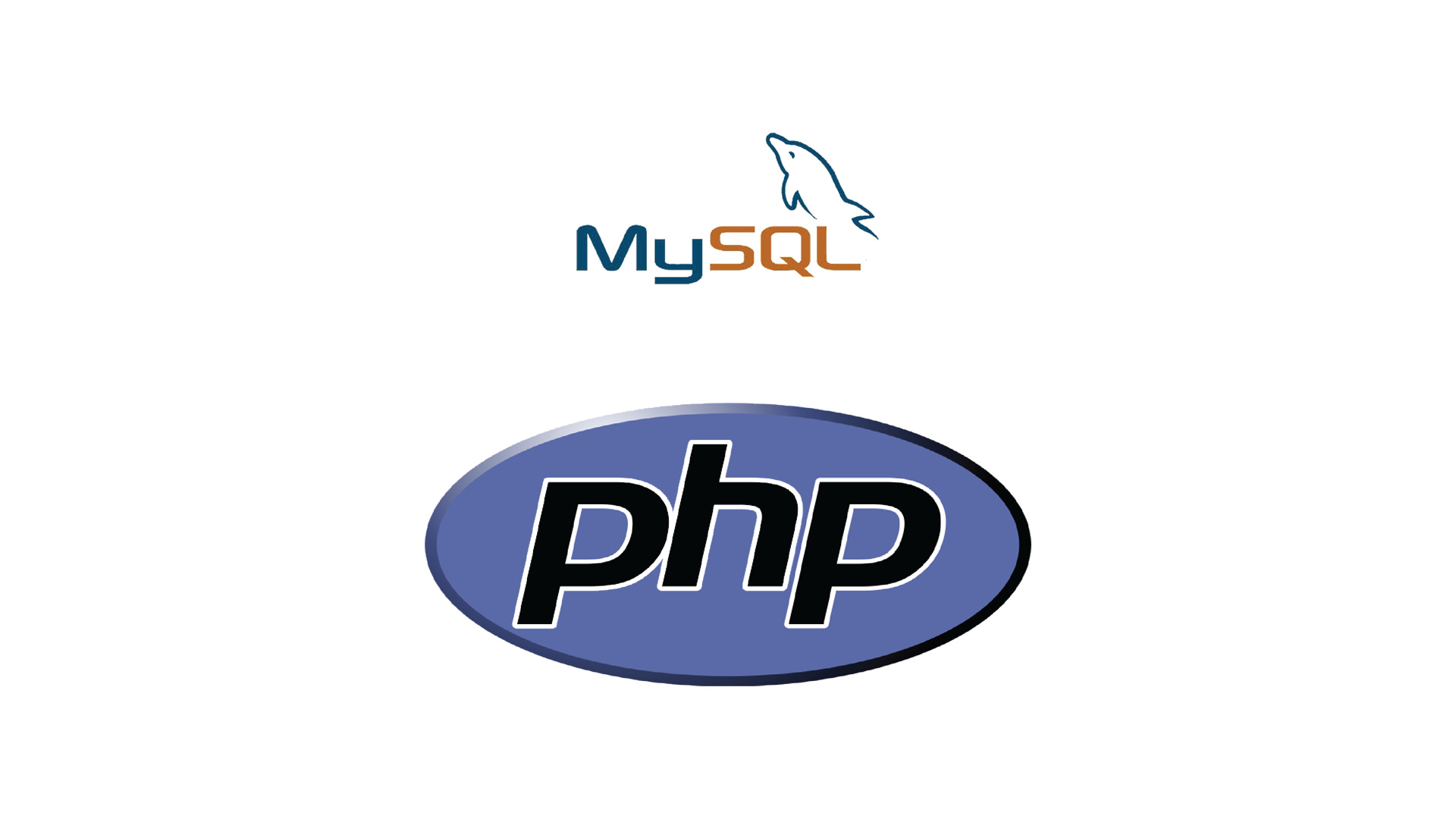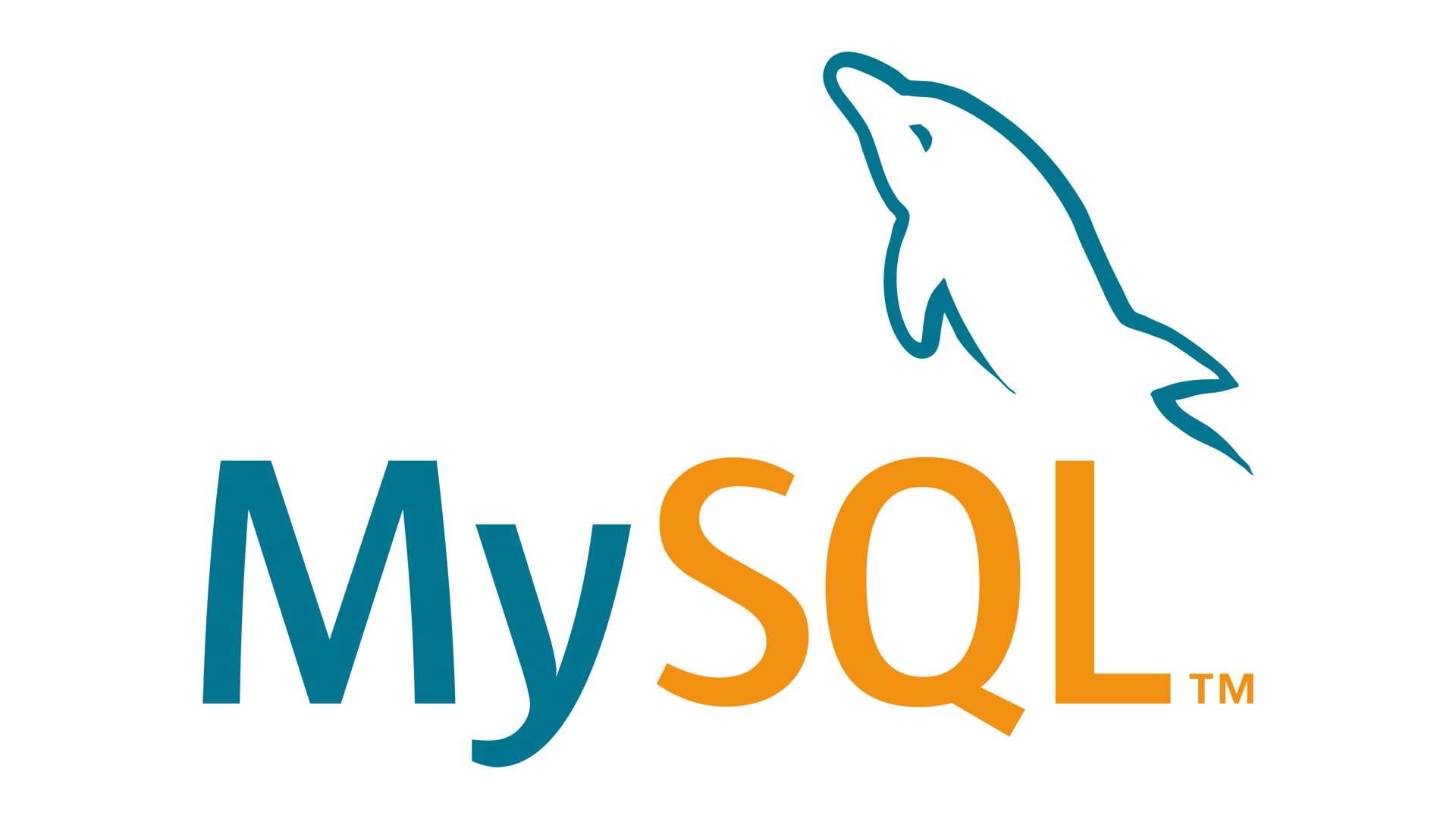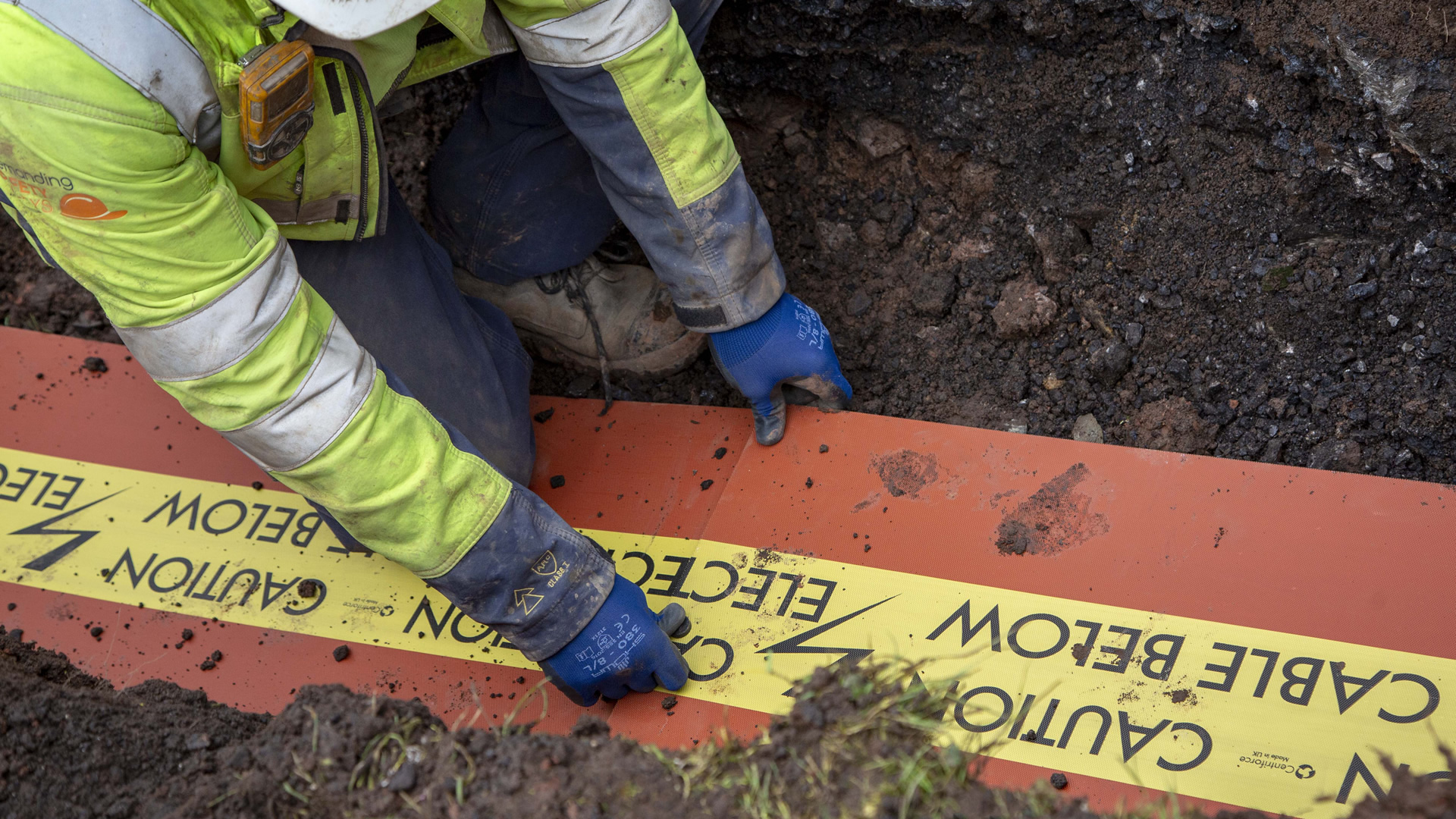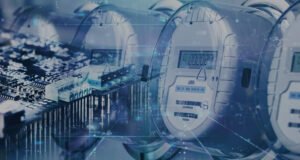Technical Overview
At the core of IoT lies a network of devices equipped with sensors, actuators, and communication modules. These devices collect and transmit data to centralized systems, often hosted in the cloud, where advanced analytics and machine learning algorithms process the information. The communication protocols employed by IoT devices vary based on the application, with commonly used protocols including MQTT (Message Queuing Telemetry Transport) and CoAP (Constrained Application Protocol).
The sensors embedded in IoT devices play a pivotal role in data acquisition. These sensors can range from simple temperature and humidity sensors to more complex ones like accelerometers, gyroscopes, and image sensors. The data collected is then transmitted through wired or wireless communication channels, with protocols ensuring secure and efficient transfer.
IoT devices are often powered by microcontrollers or microprocessors, with low-power consumption being a crucial consideration to prolong battery life. The choice of power source depends on the application, ranging from traditional batteries to energy harvesting solutions such as solar panels or kinetic energy converters.
Security is a paramount concern in IoT implementations. Encryption techniques, secure authentication, and regular software updates are employed to safeguard against unauthorized access and data breaches. Additionally, edge computing is increasingly integrated into IoT architectures, allowing for real-time data processing and reducing the need for extensive data transfer to centralized servers.
Applications of IoT Technology
Smart Home Automation:
IoT enables the creation of smart homes, where devices such as thermostats, lights, and security cameras can be interconnected. Users can remotely monitor and control these devices through a smartphone app, optimizing energy consumption and enhancing security.
Industrial IoT (IIoT):
In industrial settings, IoT technology facilitates predictive maintenance, real-time monitoring of equipment, and optimization of manufacturing processes. IIoT enhances operational efficiency, reduces downtime, and enables more informed decision-making.
Healthcare:
IoT applications in healthcare include remote patient monitoring, wearable devices for tracking vital signs, and smart medical equipment. These technologies contribute to personalized healthcare, early disease detection, and improved patient outcomes.
Smart Cities:
IoT plays a vital role in the development of smart cities, optimizing traffic management, waste disposal, and energy consumption. Sensors embedded in infrastructure provide valuable data for city planners to enhance urban living conditions.
Conclusion:
The Internet of Things has evolved into a transformative force, reshaping industries and daily life. Its technical foundations, encompassing sensors, communication protocols, and security measures, enable the seamless functioning of interconnected devices. As we continue to explore and innovate within the IoT landscape, the potential for further advancements and novel applications remains limitless. The convergence of physical and digital worlds, facilitated by IoT, heralds a future where connectivity and intelligence converge to redefine how we live, work, and interact with the world around us.
There are several protocols commonly used in Internet of Things (IoT) communication to enable devices to exchange information. The choice of protocol depends on various factors such as the application requirements, network constraints, and device capabilities. Here are some commonly used IoT communication protocols:
- MQTT (Message Queuing Telemetry Transport): A lightweight and open-source protocol that is well-suited for resource-constrained devices and low-bandwidth, high-latency, or unreliable networks. It follows a publish/subscribe model and is widely used in IoT for its efficiency and scalability.
- CoAP (Constrained Application Protocol): Designed for use with constrained devices and low-power networks. It is a lightweight protocol similar to HTTP but optimized for small devices with limited resources.
- HTTP (Hypertext Transfer Protocol): While not specifically designed for IoT, HTTP is widely used for communication between devices and servers in IoT applications. It is easy to implement and supported by a wide range of devices.
- DDS (Data Distribution Service): A protocol that focuses on real-time communication and is often used in scenarios where low latency and high reliability are crucial, such as industrial automation and smart grids.
- AMQP (Advanced Message Queuing Protocol): A messaging protocol that enables the communication between devices in a reliable and scalable manner. It is commonly used in enterprise-level IoT solutions.
- WebSocket: Provides full-duplex communication channels over a single, long-lived connection. It is suitable for applications that require low-latency communication, such as real-time monitoring and control systems.
- Bluetooth and BLE (Bluetooth Low Energy): Widely used for short-range communication between devices, especially in consumer-oriented IoT applications like wearables, smart home devices, and health monitoring.
- Zigbee: A low-power, low-data-rate wireless communication standard designed for short-range communication in IoT applications, particularly in home automation and industrial control.
- LoRaWAN (Long Range Wide Area Network): A low-power, wide-area network protocol designed for long-range communication with low data rates. It is suitable for applications like smart agriculture and smart cities.
- NB-IoT (Narrowband Internet of Things): A cellular communication standard optimized for low-power, wide-area IoT applications, often used for devices that require long-range connectivity and better penetration through obstacles.
The choice of the protocol depends on factors such as the specific requirements of the IoT application, power constraints, communication range, and the nature of the data being transmitted.



